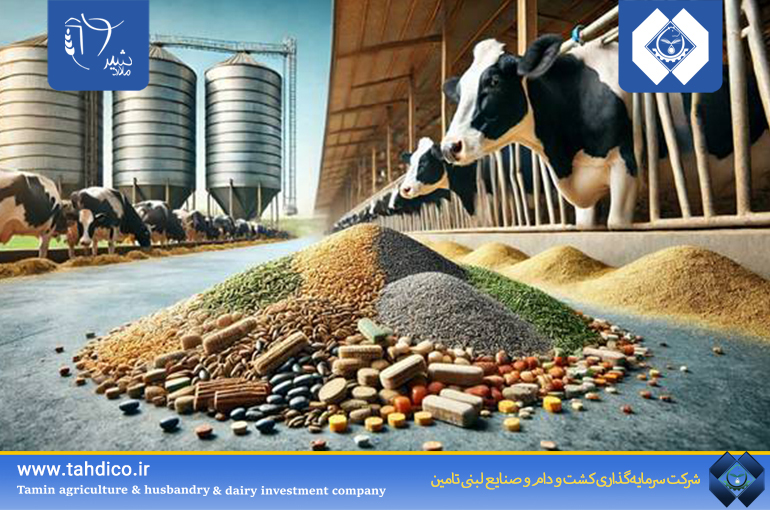54% Increase in Pregnancy Health Index of Heifers at MalardShir Company

MalardShir Company has achieved an impressive 54% increase in the pregnancy health index of its heifers, a remarkable achievement reflecting the improvement of veterinary care, targeted production management, and the effective use of modern livestock technologies within the company.
According to Tadico:
Mehdi Amirhosseini, CEO of MalardShir Company, stated that this success is the result of the precise and coordinated implementation of specialized health programs, the improvement of scientific feeding methods, continuous monitoring of animal health, and the use of smart technologies in heifer breeding. He emphasized:
“At MalardShir, we believe that investing in animal health directly leads to economic returns, increased production efficiency, and sustainability in the supply chain. Achieving this 54% growth in the pregnancy health index is a testament to the synergy of team efforts, up-to-date technical knowledge, and long-term managerial vision.”
He also highlighted the role of environmental factors and stressors on animal fertility, adding:
“By identifying and controlling stress-inducing factors in the animals’ environment, we have not only improved pregnancy rates, but also significantly reduced abortion rates and reproductive disorders.”
This increase in the index, in addition to improving the quality of milk and dairy product production, has led to reduced treatment costs, lower economic losses caused by fertility abnormalities, and extended the useful lifespan of the animals. It is also expected that this positive trend will directly impact the sustainability of production and MalardShir’s competitiveness in the domestic dairy market.
Amirhosseini concluded by emphasizing:
“We will continue to focus on technology-driven development, enhancing human resource knowledge, and monitoring key animal health indicators to set an example for modern and efficient livestock farming in the country.”
Mehdi Amirhosseini, CEO of MalardShir Company, stated that this success is the result of the precise and coordinated implementation of specialized health programs, the improvement of scientific feeding methods, continuous monitoring of animal health, and the use of smart technologies in heifer breeding. He emphasized:
“At MalardShir, we believe that investing in animal health directly leads to economic returns, increased production efficiency, and sustainability in the supply chain. Achieving this 54% growth in the pregnancy health index is a testament to the synergy of team efforts, up-to-date technical knowledge, and long-term managerial vision.”
He also highlighted the role of environmental factors and stressors on animal fertility, adding:
“By identifying and controlling stress-inducing factors in the animals’ environment, we have not only improved pregnancy rates, but also significantly reduced abortion rates and reproductive disorders.”
This increase in the index, in addition to improving the quality of milk and dairy product production, has led to reduced treatment costs, lower economic losses caused by fertility abnormalities, and extended the useful lifespan of the animals. It is also expected that this positive trend will directly impact the sustainability of production and MalardShir’s competitiveness in the domestic dairy market.
Amirhosseini concluded by emphasizing:
“We will continue to focus on technology-driven development, enhancing human resource knowledge, and monitoring key animal health indicators to set an example for modern and efficient livestock farming in the country.”



